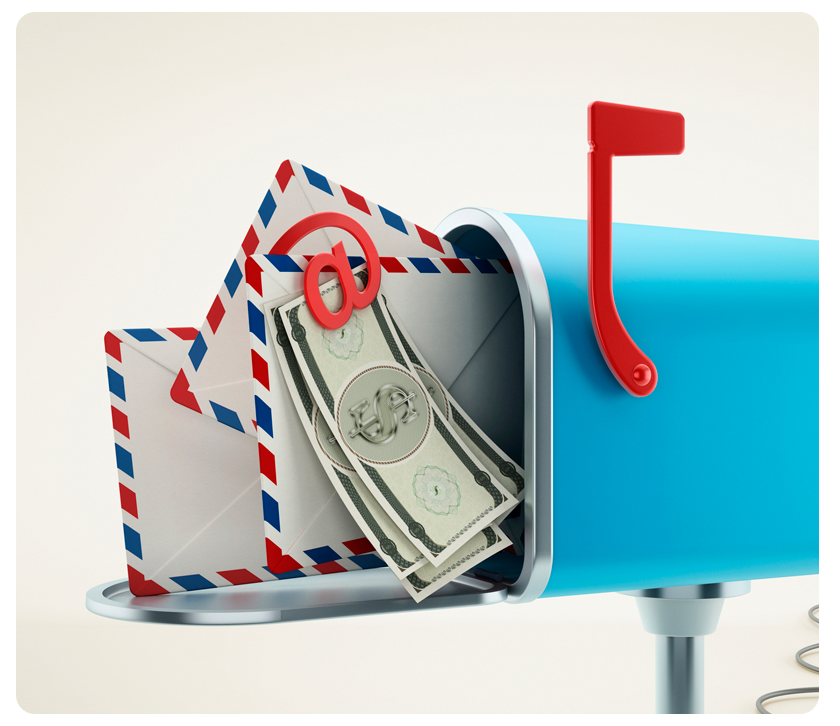In today’s marketing landscape, content marketing is indispensable. With a few adjustments to your strategy, you can effectively direct your direct mail, email, and social media efforts to reach the right audience at the right moment, significantly enhancing your marketing initiatives.
Read more9 Essential Design Tips for Optimizing Print Projects
When designing your next print project, achieving the best results requires attention to detail and understanding how to prepare your designs for print. Whether you’re working on a business card, a brochure, or a poster, following these nine tips will help ensure that your print project turns out its best.
Read more5 Tips for Budget-Conscious Marketers
Nowadays, everyone wants to stretch their marketing dollars, but we all want the best results, too. The good news is, you can do both! Here are five tips for budget-conscious marketers that will save you money and boost your results simultaneously!
Read moreWant Better Results? Include Direct Mail
Marketers intuitively understand what surveys have told us for years: Direct mail ROI rises dramatically when direct mail is part of an integrated, multichannel marketing strategy.
Read more



